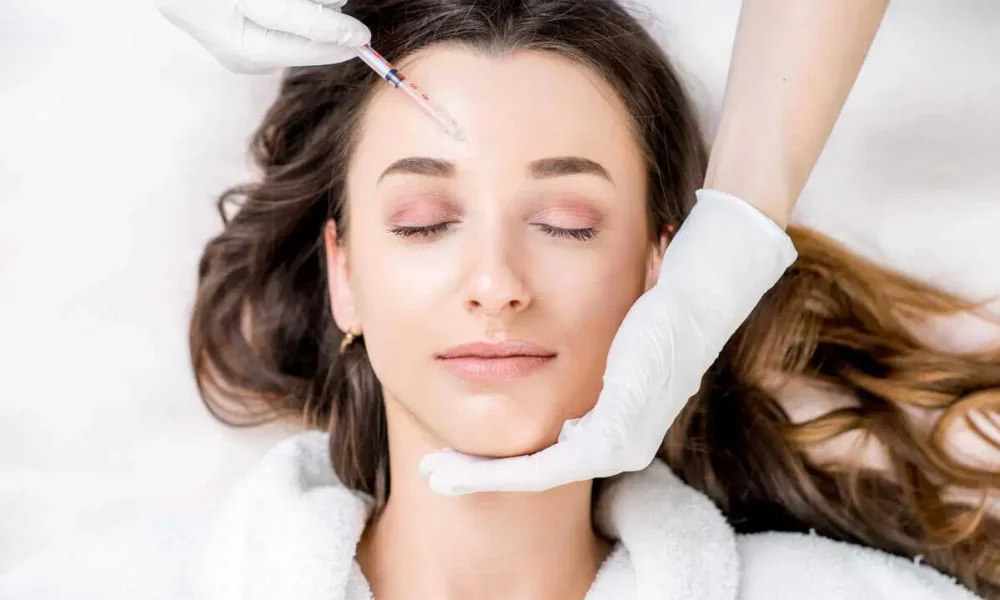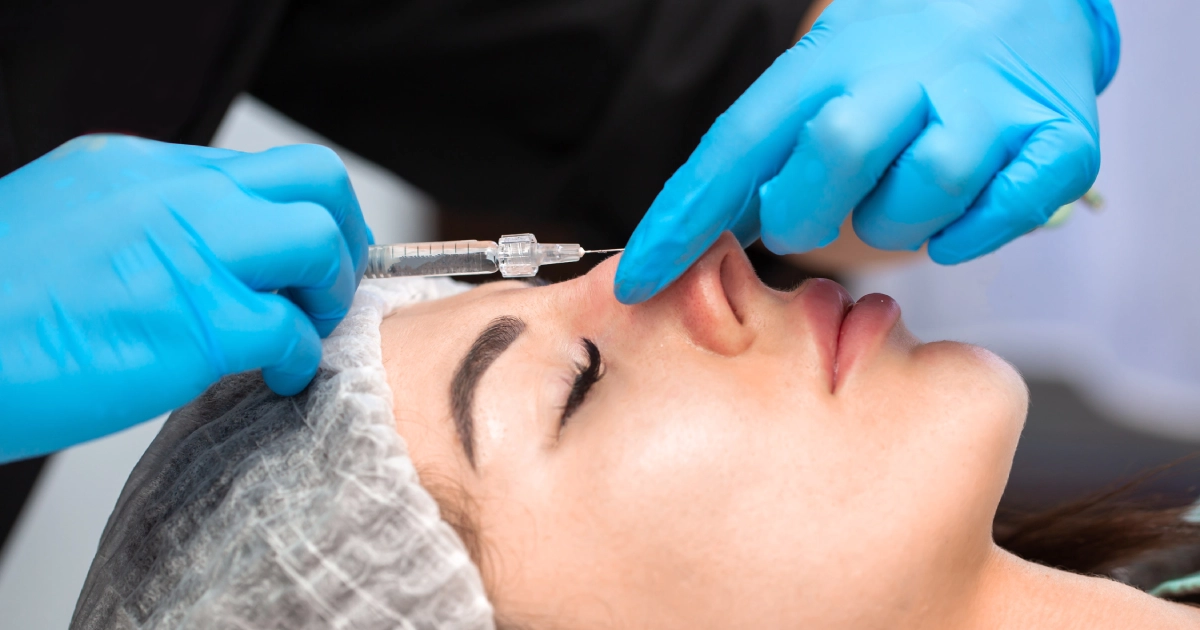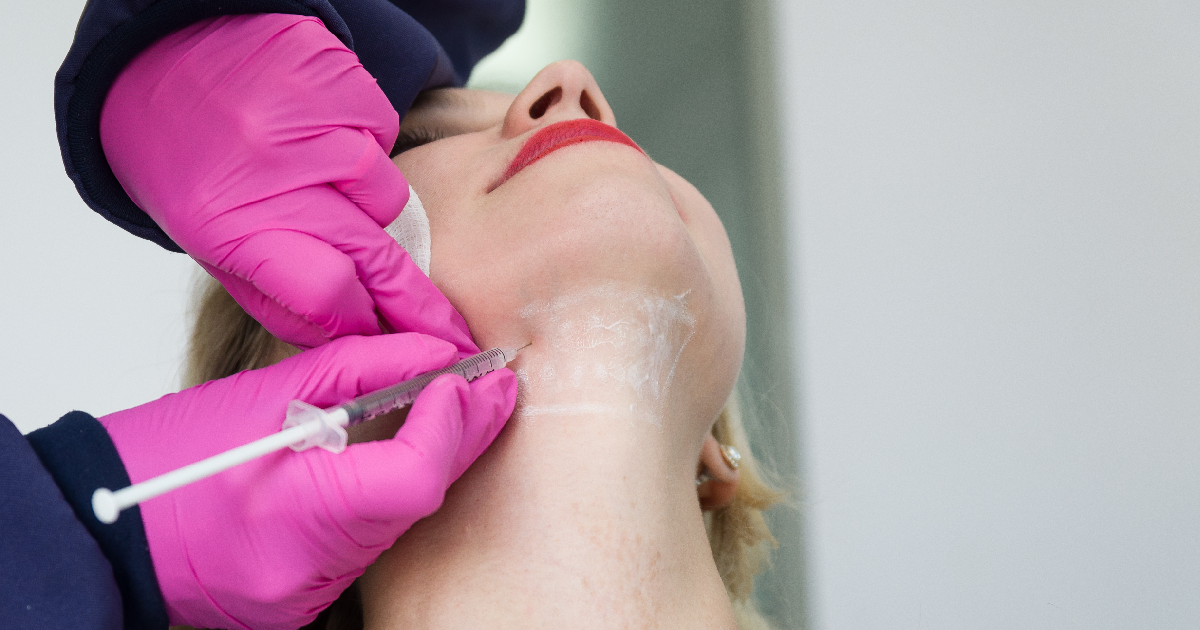Picture this: You’ve just finished your appointment with Lianne Hahn, PA-C (@TheBestInjector) in Delray Beach, FL – thrilled with your fresh, youthful appearance. Your skin looks smooth and rejuvenated, but there’s always that lingering question—how long will this result last? You’ve probably heard that fillers fade in about six months to a year. But new studies are challenging that timeline, revealing that dermal fillers may last much longer than previously thought.
While this might sound like fantastic news, there are both benefits and important considerations tied to long-lasting fillers, including how this impacts your overall aesthetic goals and the health of your skin over time.
What Exactly Are Dermal Fillers?
Dermal fillers, particularly those made from hyaluronic acid (HA), are injectables used to restore lost volume, smooth out fine lines, and enhance facial contours. HA is a naturally occurring substance in the body that maintains moisture and elasticity in the skin. Fillers are often used in areas like the cheeks, lips, and under-eye hollows to help patients achieve a more youthful look without invasive surgery.
Traditionally, fillers have been considered temporary, with the assumption that they break down over 6 to 12 months. However, groundbreaking research suggests this isn’t the full story.
New Research: Fillers Last Longer Than You Think
A study by Dr. Mobin Master used MRI technology to follow patients who had received hyaluronic acid fillers in the mid-face. Astonishingly, the MRI scans revealed that fillers remained present in the skin 2 to 15 years after the initial treatment. Many patients, who believed their fillers had completely dissolved, still had a significant amount left in their skin, often undetectable without an MRI.
This research shows that fillers are far from temporary, especially in areas with less movement, such as the cheeks. These findings are changing the way we think about filler treatment and maintenance, suggesting that your fresh look could last years beyond what we once believed.
The Impact of Longevity: Benefits and Concerns
While the idea of long-lasting fillers might seem like a win, it’s not without its complexities. One key concern is filler migration, where the injected filler moves from its original site to other areas over time. For example, fillers placed in the lips may shift upward toward the nose. Migration can result in an uneven or unnatural look, which is something no patient wants.
Dr. Master’s research, for instance, found that filler migration can occur even years after the injection, especially in areas with high muscle movement like the mouth. This migration can lead
to unwanted fullness or puffiness, which might require corrective treatments like dissolving the filler with hyaluronidase.
This is where experience and expertise are essential.
The Best Injector in Delray Beach, FL: Precision in Treatment
When it comes to avoiding complications like migration or overfilling, the experience and technique of your injector matter. Lianne Hahn, PA-C (@TheBestInjector) is known for staying up-to-date with the latest scientific findings and adapting her practice accordingly. By understanding how fillers behave over time, she tailors her treatments to each patient’s unique anatomy and lifestyle, ensuring natural, long-lasting results.
For example, knowing that fillers last longer in areas with less movement, The Best Injector is careful to avoid overfilling static areas like the cheeks. Instead, she opts for precise, minimal injections to give just the right amount of volume without creating long-term problems. For high- movement areas like the lips or smile lines, she chooses fillers that break down more predictably, minimizing the risk of migration over time.
The real value of this approach is that patients like you can enjoy the benefits of fillers for much longer—without the need for frequent touch-ups. You also have the peace of mind knowing that your results will continue to look natural as the filler integrates with your skin.
What Affects How Long Your Fillers Last?
Several factors influence how long fillers last in your skin. Here are some key elements:
- Where They’re Placed: Areas of the face that don’t move as much, such as the cheeks or under the eyes, tend to hold onto fillers longer. This is because there’s less muscle movement to break down the filler. Conversely, fillers in high-movement areas, like the lips or around the mouth, break down faster.
- Your Lifestyle: If you have an active lifestyle, your metabolism could break down fillers faster. High metabolic rates, common among people who exercise frequently, tend to dissolve fillers more quickly. Smoking, sun exposure, and dehydration can also affect how long your fillers last.
- The Type of Filler: HA fillers like RHA4 or Restylane Lyft®, used for mid-face volume, are designed to last up to two years, but as research shows, they may last much longer than expected. Different types of fillers behave differently in the body, so choosing the right one for your needs is crucial.
Why It’s Important to Discuss Longevity with Your Injector
With fillers lasting longer than we originally thought, it’s essential to have an open conversation with your injector about your long-term goals. A treatment that looks perfect today could evolve over time, so regular check-ins are key to maintaining your desired results.
Lianne Hahn PA-C (@TheBestInjector) always ensures that her patients are well-informed about how fillers behave over time. By scheduling follow-up appointments, she assesses whether the filler is still doing its job or if adjustments are needed. Her approach minimizes the risk of filler migration and overfilling, while optimizing long-term outcomes.
If migration does occur, she is also experienced in using hyaluronidase, an enzyme that dissolves fillers, to correct any issues and maintain the natural look her patients expect.
Maximizing the Lifespan of Your Fillers
While science shows that fillers can last years, you can take simple steps to help them look their best for as long as possible. Staying hydrated is crucial, as HA fillers attract water to keep your skin plump. Using sunscreen daily is another must—excessive sun exposure can cause fillers to break down faster, reducing their lifespan.
Moreover, choosing a skilled injector who understands the latest research and knows how to apply it to real-world practice is vital for achieving the best, longest-lasting results.
A New Perspective on Filler Treatments
Thanks to advancements in research, we now know that fillers can last much longer than initially thought. While this provides exciting possibilities for long-lasting results, it also calls for a more thoughtful approach to treatment. Injectors need to understand not just how to achieve immediate results, but how to ensure that those results will still look good years down the line.
This is where working with experts like Lianne Hahn PA-C (@TheBestInjector) makes all the difference. By using the latest research and fine-tuning her techniques, she delivers personalized, natural-looking results that last longer and avoid complications like migration or overfilling.
If you’re considering fillers or want to better understand how long your results will last, it’s essential to have an open dialogue with your injector. With the right care, your fillers can keep you looking refreshed and radiant for years to come—without the need for constant maintenance.






